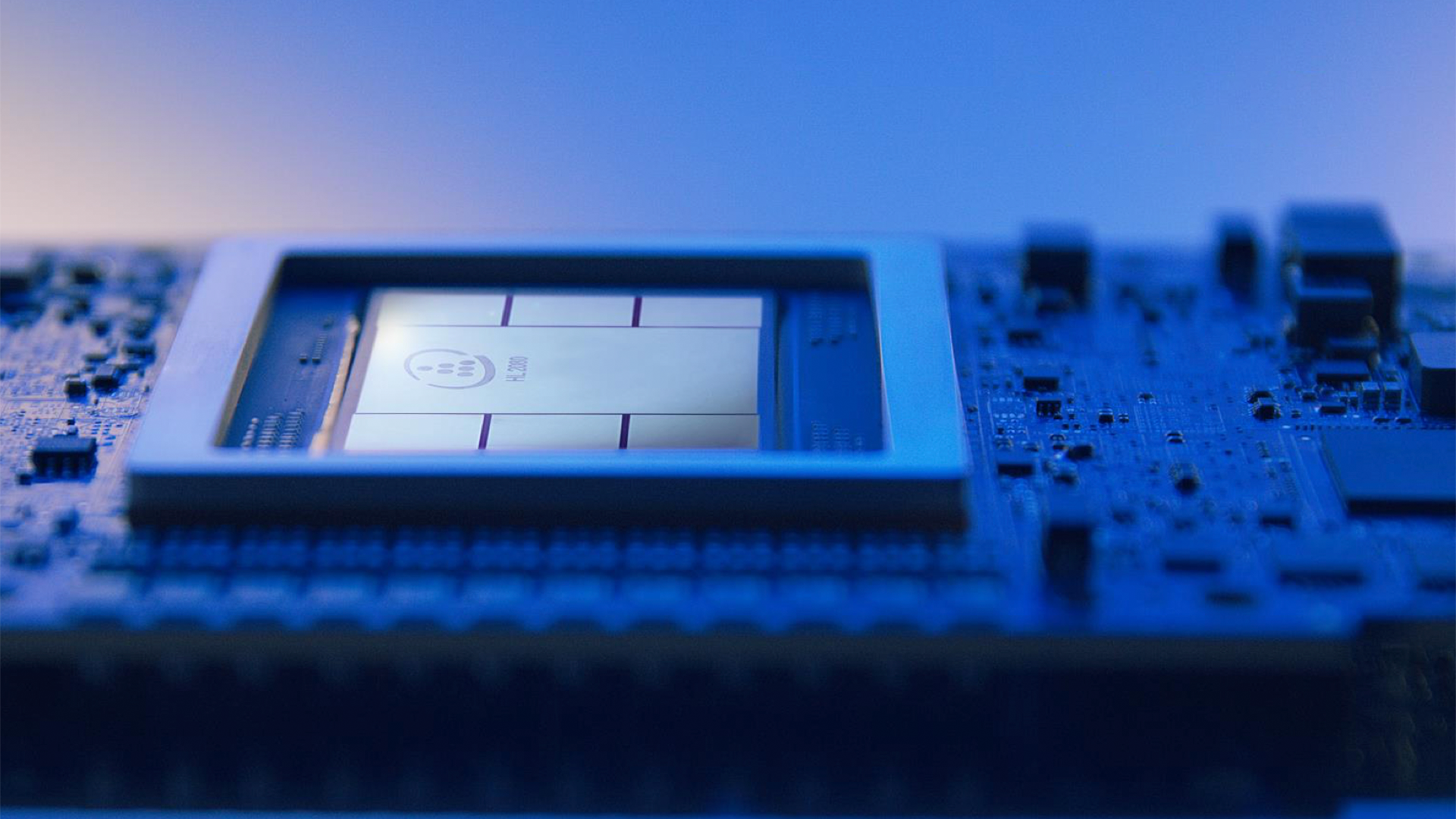Intel Launches Cut-Down AI Accelerator Gaudi 2 for Chinese Market

Intel recently held a launch event for a new China-specific version of its Gaudi 2 processor for artificial intelligence (AI) workloads, and this new version is compliant with the latest US sanctions on China-bound AI and GPU processors. The new version cuts down the card's scale-up interconnect, which somewhat limits the performance of AI servers on its base. To some degree, this will help with the massive shortages of AI GPUs, such as Nvidia's A100 and H100, as well as the cut-down A800 versions that Nvidia has also created specifically for its China customers.
Intel has two Gaudi 2 versions that come in the 600W OCP model form factor. The regular version, called Gaudi 2 HL-225H, has 24 x 100Gbps RDMA (RoCE v2) interconnects, whereas the cut-down version of the product, called Gaudi 2 HL-225B, has 21 x 100Gbps RDMA (RoCE v2) scale-up interconnects. The reduced number of scale-up interfaces reduces the performance of AI servers based on this version of Gaudi 2, but keeping in mind the huge demand for AI capabilities in China, it will likely be popular regardless.
Intel describes the Gaudi 2 accelerator's version for the Chinese market as 'The HLB-225B Processor complies with US BIS regulations' for supercomputers and semiconductors.
While the availability of Intel's Habana Gaudi 2 in China will ease shortages of GPU servers, it should be noted that it isn't likely that applications that already use Nvidia's GPUs will be ported to Gaudi. Therefore, Nvidia's existing customers will have to keep buying from Nvidia.
"On July 11, Intel held an event for customers, partners and local media in the China market," an Intel spokesperson said. "As part of the event program, Intel provided attendees with updates on our AI strategy, our unique portfolio of AI products and announced the availability of Gaudi2 for customers in China. The availability of Gaudi2 in China continues Intel’s nearly 40-year history of delivering innovative yet legally-compliant products to this key growth market."
Get Tom's Hardware's best news and in-depth reviews, straight to your inbox.

Anton Shilov is a contributing writer at Tom’s Hardware. Over the past couple of decades, he has covered everything from CPUs and GPUs to supercomputers and from modern process technologies and latest fab tools to high-tech industry trends.
-
JayNor "...it isn't likely that applications that already use Nvidia's GPUs will be ported to Gaudi."Reply
I've seen discussion among the scientists developing the new huge models. They seemed unanimous in their preference to use pytorch.
Gaudi2 supports NVDA's TF32 and the two FP8 formats, and the HuggingFace demos indicate Gaudi2 supports pytorch.